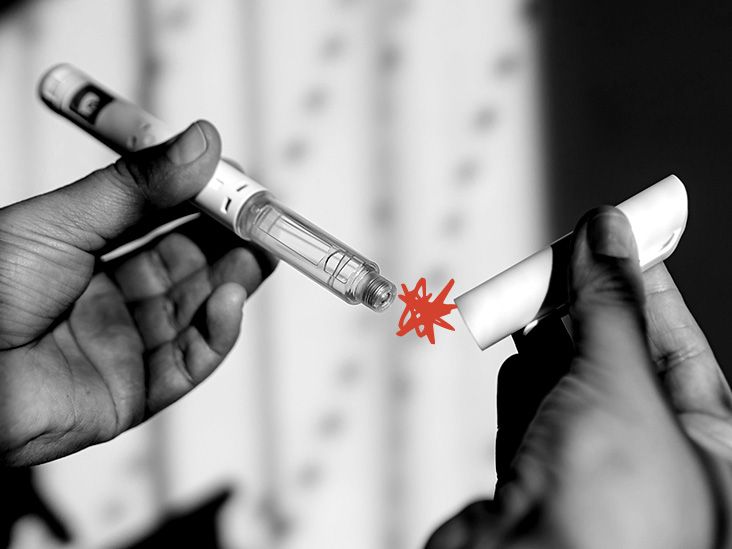Food is a vital part of skin health. If a person eats a healthy, balanced diet, their skin may be better able to fulfill its protective functions. Eating certain foods may even help protect and moisturize the skin.
However, certain other foods may prevent or hinder some of the skin’s protective abilities, leading to worsening dry skin.
Keep reading to learn more about how diet can affect the skin. This article also looks at 11 foods that can help protect dry skin, as well as some foods to avoid.

The skin is a vital organ. It provides a barrier to
The skin’s protective function is important to prevent excess water loss and to stop harmful chemicals and allergens from affecting the body. It also helps maintain the body’s temperature.
Nutrients are essential in helping the skin provide this protective barrier. If a person eats a healthy, balanced diet that provides the nutrients they require, they can help support the skin in its protective functions.
Dry skin can be a symptom of certain nutrient deficiencies, including:
Making sure that these vitamins and minerals are part of the diet can help keep the skin healthy. Consuming omega-3, green tea antioxidants, and turmeric can also help prevent dry skin.
The sections below will look at all of these dietary elements in more detail.
Beef liver is a good source of vitamin A.
According to the
It is important to note that the upper daily limit for vitamin A is 3,000 mcg. People should stay within this limit, as excess vitamin A consumption can result in toxicity.
Eating a full 3-oz serving of beef liver is suitable a couple of times a week, but not every day, unless the person significantly reduces the portion size.
Vitamin A is an essential nutrient found in animal-based foods as retinol, its active form. Provitamin A carotenoids, which are found in plant-based foods, can also convert to retinol in the body.
Vitamin A is important for cell growth, and
Another good source of vitamin A is sweet potato. Each baked sweet potato with skin contains
Vitamin A has several other uses aside from helping with dry skin. For example, it can help protect against age-related macular degeneration and may reduce the risk of several health conditions, such as measles.
Sweet red pepper is a good source of vitamin C. Half a cup of raw sweet red pepper contains
Vitamin C
Additionally, this vitamin protects the skin against harmful UV rays. It also increases collagen in the skin,
Kiwifruit is another good source of vitamin C. One medium kiwi contains
A lack of vitamin C can adversely affect the skin. A deficiency in vitamin C can also lead to:
- joint pain
- bleeding and bruising
- a decrease in wound healing
Vitamin C has other health benefits aside from skin hydration and protective functions. For example, consuming vitamin C can lower the risk of developing cataracts and may lessen the severity of cold symptoms.
Soy, almond, and oat milks fortified with vitamin D are good sources of this nutrient. The serving size is 1 cup, or 8 oz.
According to the
The NIH adds that one of vitamin D’s beneficial effects is anti-inflammation. This may help the skin keep its moisture and hydration.
Sunflower seeds are good sources of vitamin E. One oz of dry-roasted sunflower seeds contains
Vitamin E is an antioxidant, and
Oysters are high in zinc. Three oz of cooked Pacific oysters contain
Zinc is an essential nutrient for skin health. It
Pumpkin seeds can also be a good source of zinc. One oz of roasted pumpkin seeds contains
Zinc has several health benefits aside from moisturizing and hydrating the skin. For example, it can boost the immune system, increase wound healing, and help treat diarrhea.
Yellowfin tuna is a good source of selenium. Three oz of cooked yellowfin tuna contain
Selenium
Selenium is also useful in treating the symptoms of psoriasis by increasing the levels of glutathione peroxidase in those who have this condition.
Green tea may also help with photoaging, which can lead to hyperpigmentation, skin dryness, and other signs of UV damage.
Green tea
Turmeric is another food that may help prevent dry skin. Curcumin, a compound in turmeric, has anti-inflammatory properties.
A
Still, there is no evidence that consuming turmeric, as a spice in food, will have the same effects. A teaspoon of turmeric is likely to contain less curcumin, the active ingredient, than supplements.
Learn more about the health benefits of turmeric.
Dry skin can be uncomfortable, and people may need to use other remedies to help relieve dry skin.
The American Academy of Dermatology suggests that people:
- Take a shower or bathe in warm water for no longer than 10 minutes.
- Apply moisturizer immediately after washing.
- Use an ointment or cream rather than a lotion to moisturize.
- Use gentle, fragrance-free skin care products.
- Wear gloves during cold weather, before performing tasks that make the hands wet, and when coming into contact with other substances.
- Wear cotton or silk underwear and use a hypoallergenic laundry detergent.
- Use a humidifier to add moisture to the air.
Learn more about other remedies for dry skin.
Certain foods, drinks, and other substances can contribute to dry skin.
A
Still, a person should not completely avoid fats, as it is essential for skin health. In fact, fatty acid deficiency
Drinking alcohol can also cause dry skin by adversely affecting the skin’s ability to provide a barrier to outside elements.
Additionally, smoking tobacco can change the skin’s thickness and pigmentation.
A person should contact a doctor if dry skin is interfering with their daily life and if home remedies — such as moisturizing and eating a nutritious, well-balanced diet — have not improved their symptoms.
A doctor will be able to review a person’s medical history, see if there are any underlying causes, and help the individual take the appropriate steps to improve their dry skin.
Consuming foods that are high in vitamins A, C, D, and E, as well as foods that are good sources of zinc and selenium, may help prevent or improve dry skin. Omega-3, green tea antioxidants, and turmeric also have benefits for the skin.
Eating foods that contain these nutrients may help the skin perform its protective functions, reducing water loss and increasing skin hydration.
However, consuming certain foods and drinks may contribute to dry skin. For example, having a diet high in fat, sugary foods, and baked goods may interfere with the skin’s functions, leading to inflammation and dry skin.
Additionally, drinking alcohol and using tobacco can accelerate the aging process and reduce skin thickness and hydration.


